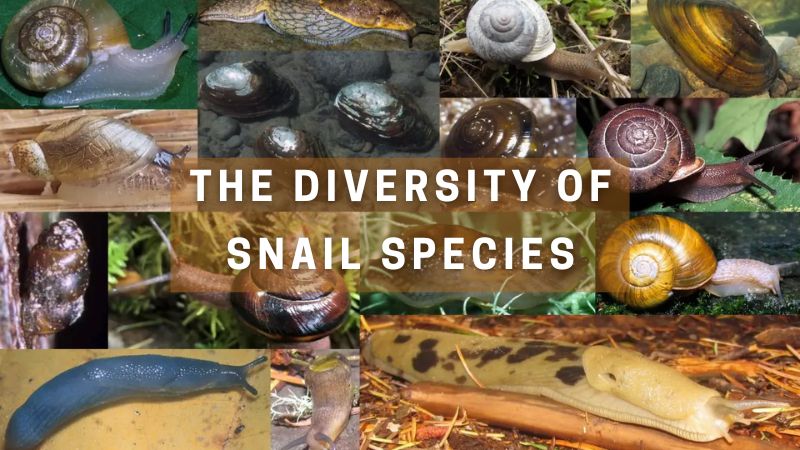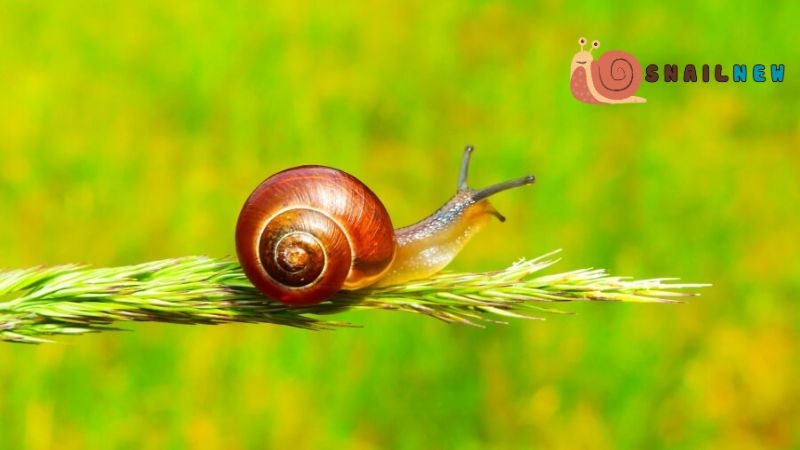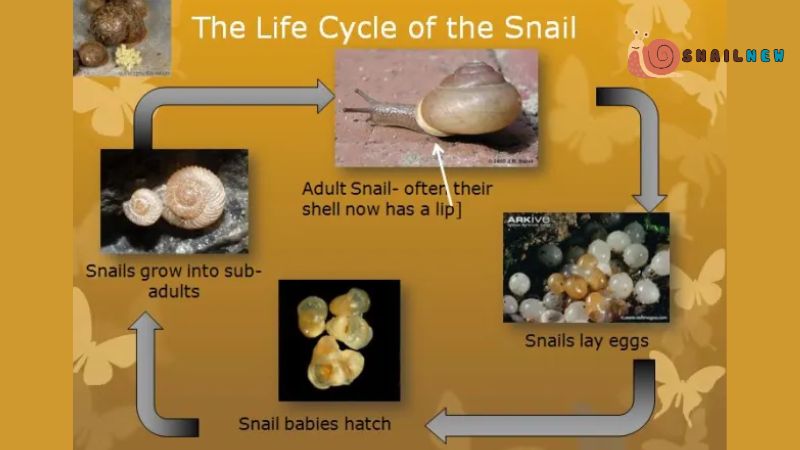Snails, those seemingly slow-moving creatures with their spiral shells, have long captivated the curiosity of both scientists and nature enthusiasts alike. Among the myriad of questions that arise about these fascinating gastropods, one of the most common is undoubtedly: “How long do snails live?” This inquiry by Snailnew serves as a portal to delve into the intricate world of snail lifespans, where factors such as species diversity, habitat, and environmental conditions shape the longevity of these remarkable creatures.
Table of Contents
ToggleThe Diversity of Snail Species:
Snails inhabit a diverse range of ecosystems, from lush forests to arid deserts, and from freshwater ponds to the depths of the ocean. This vast array of habitats has given rise to an astonishing diversity of snail species, each adapted to its own niche within the ecosystem. Consequently, the lifespan of a snail can vary significantly from one species to another.

In temperate regions, common garden snails (Cornu aspersum) typically have relatively short lifespans, living only one to two years on average. However, in more favorable conditions, they may reach three years of age. Conversely, certain species of land snails, such as the Giant African Land Snail (Achatina fulica), have been known to live much longer, with lifespans of up to ten years or more.
Marine snails, which inhabit oceans and seas around the world, also exhibit a wide range of lifespans. Some marine snails, like the abalone, can live for several decades, while others may only survive for a few years. The diversity of marine habitats and ecological niches contributes to this variability in lifespan among different species of marine snails.
How Long Do Snails Live? Environmental Factors:
Environmental factors play a crucial role in determining the lifespan of snails. Temperature, humidity, food availability, and predation pressure are just a few of the variables that can influence the longevity of these mollusks.
In warmer climates, snails tend to have shorter lifespans due to increased metabolic rates and higher rates of dehydration. Conversely, in cooler environments, such as temperate forests, snails may live longer, benefiting from more moderate temperatures and higher humidity levels.

Food availability also plays a significant role in determining snail lifespan. Adequate nutrition is essential for growth, reproduction, and overall health. Snails that have access to a diverse diet rich in calcium and other essential nutrients are more likely to live longer than those with limited food sources.
Predation pressure is another critical factor that can impact snail lifespan. In habitats where predators are abundant, such as invertebrates, birds, and small mammals, snails may have shorter lifespans due to increased mortality rates. Conversely, in environments with fewer predators, snails may live longer and reach their full potential lifespan.
Adaptations for Longevity:
Despite their seemingly vulnerable nature, snails have evolved several adaptations that help them survive and thrive in their respective habitats. One such adaptation is their ability to retract into their shells, providing protection from predators and adverse environmental conditions.
Snails also possess remarkable resilience, capable of entering a state of dormancy during periods of extreme heat or drought. By sealing themselves inside their shells and reducing metabolic activity, snails can conserve energy and survive unfavorable conditions until more favorable circumstances arise.
Reproduction and Life Cycle:
The reproductive strategy of snails also influences their lifespan. Most snail species are hermaphroditic, meaning they possess both male and female reproductive organs. This allows them to mate with any other individual of the same species, increasing the likelihood of successful reproduction.

Snails typically reach sexual maturity within the first year of life, although this can vary depending on species and environmental conditions. After mating, snails lay eggs in moist soil or other suitable substrates, where they develop into tiny hatchlings known as juveniles.
The life cycle of a snail is characterized by slow growth and development, with individuals gradually increasing in size over time. As they age, snails may experience declines in reproductive capacity and overall health, eventually succumbing to old age or environmental stressors.
Conservation Concerns:
Despite their remarkable adaptability, snails face numerous threats to their survival, including habitat destruction, pollution, and climate change. Loss of habitat due to urbanization, agriculture, and deforestation can lead to declines in snail populations and loss of biodiversity.
Pollution, particularly water pollution, can also have devastating effects on snail populations. Chemical contaminants, such as pesticides and heavy metals, can accumulate in water bodies and harm snails directly or indirectly through the contamination of their food sources.
Climate change poses perhaps the greatest threat to snails and other vulnerable species. Rising temperatures, altered precipitation patterns, and extreme weather events can disrupt snail habitats, leading to population declines and range contractions.
Conservation efforts aimed at protecting snails and their habitats are essential for preserving these unique creatures for future generations. Habitat restoration, pollution mitigation, and climate change adaptation strategies are crucial steps in safeguarding the long-term survival of snails and the ecosystems they inhabit.
Conclusion:
In conclusion, the lifespan of a snail is a multifaceted phenomenon shaped by a complex interplay of biological, ecological, and environmental factors. From the humble garden snail to the majestic marine abalone, snails exhibit a remarkable diversity of lifespans that reflect their adaptation to a wide range of habitats and ecological niches.
How long do snails live? serves as a gateway to explore the intricacies of snail biology and ecology, highlighting the importance of understanding and conserving these fascinating creatures. By studying snails and their lifespans, we gain valuable insights into the dynamics of ecosystems and the challenges they face in an ever-changing world. Through conservation efforts and environmental stewardship, we can ensure that snails continue to enrich our lives and ecosystems for generations to come.


